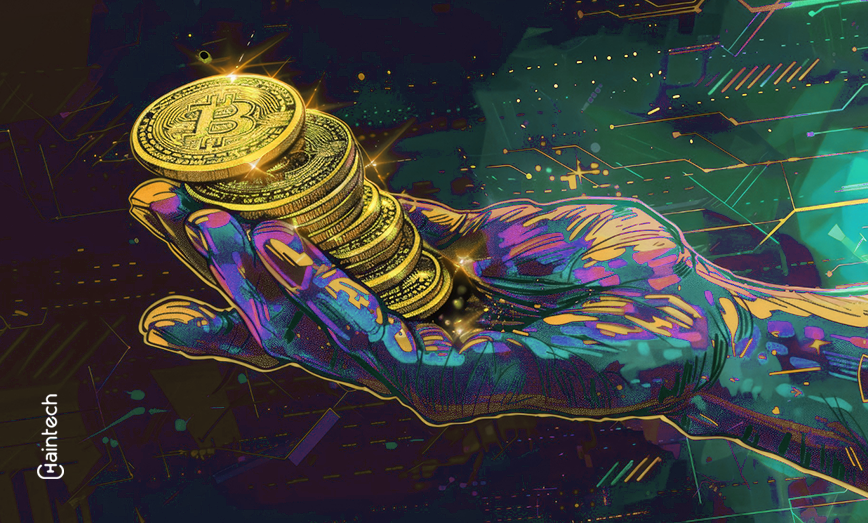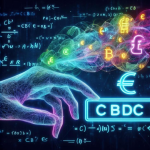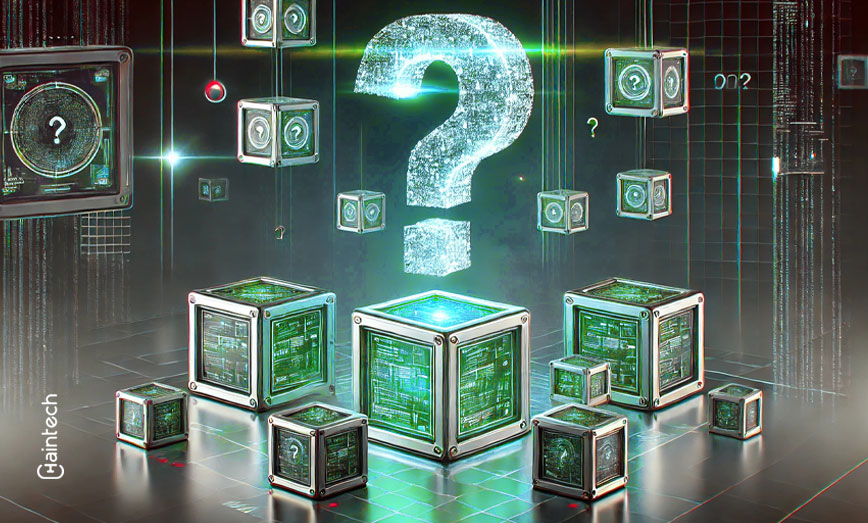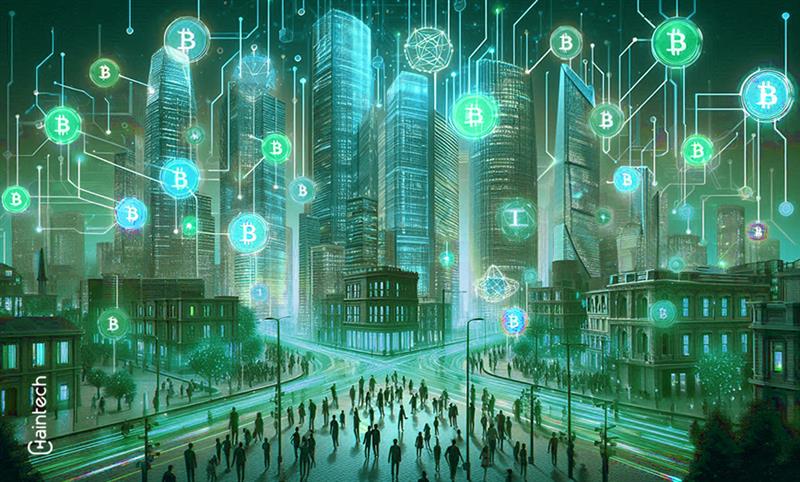How Tokenization is Redefining Ownership in the Digital Age

Let’s begin with a question: you might be able to own a slice of real estate, art, or even a slice of a classic car—all this without physical exchanges. What makes this possible in this digital world is tokenization. This new shift in the world enables digital tokens to represent ownership not only in physical assets but also in digital assets.
With the employment of blockchain technology, tokenization is now disrupting the standard ownership models to open access towards easy, secure, and accessible forms of ownership on quite a number of assets.
Democratizing ownership through tokenization: NFTs, real estate, and everything in between
- Tokenization enables decentralized asset ownership, whereby intermediaries are eliminated while transaction costs are reduced in the process.
- Utility tokens, security tokens, and NFTs are different economies that serve as tokens.
- Tokenization can also be used to make ownership more inclusive. For instance, fractional ownership can be introduced in the real estate and art industries.
Keep reading to learn how tokenization is transforming ownership across industries and what that could mean for you!
Understanding tokenization: A new model for ownership
Tokenization is a straightforward concept at its core. It’s all about taking an asset—whether digital or physical—and converting it into digital tokens on a blockchain. These tokens represent ownership or certain rights over the asset. Think of it as having a digital certificate that you own a portion of a property or a work of art; all tracked securely through blockchain technology.
This model is changing how we think about ownership, particularly for assets that have traditionally required significant capital. By breaking assets into tokens, tokenization allows people to own fractions of valuable assets, from real estate to fine art, making it possible for smaller investors to enter markets that were once exclusive.
Types of tokens: How they’re shaping ownership today
Tokens aren’t all the same. There are three main types, each serving a distinct purpose:
| Token Type | Description | Common Uses | Ownership Rights |
| Utility Tokens | Access rights to services or products within a specific ecosystem | Payment for services within networks, games | Limited rights, often no stake in the company |
| Security Tokens | Ownership stake in an asset, such as real estate or stocks | Investment opportunities | Financial benefits, dividends, and voting rights |
| Non-Fungible Tokens (NFTs) | Unique digital assets, typically for art and collectibles | Digital art, music, event tickets | Certifies ownership of a specific item, usually no financial stake |
Every token type contributes to a form of ownership and allows for a number of ways to engage in what would best meet users’ ends. It may either connect a user to an operating service, make some asset an investment, or bring one into possession of any form of digital art.
Tokenization across industries—where it is impacting:
The effects of tokenization go beyond one specific sector or group. It is reaching all manner of industries.
- Finance: Financial companies have embraced tokenization to make processes smoother and cheaper for carrying out transactions. Tokenized assets can now be easily traded, making financial markets a lot more accessible to all in a more efficient process.
- Real Estate: The democratization of an industry traditionally requiring large amounts of money to participate in occurs by real estate tokenization as the ability to own a piece of property becomes affordable. You can now hold your share of a valuable piece of property without having to take an expensive loan.
- Art and Entertainment: The process of tokenizing one’s art into unique, sellable digital assets that can be bought, sold, or traded has now opened new streams of revenue for creators while ensuring for the first time that it is authentic.
- Supply Chain: Tokenization tracks goods in supply chains, thus increasing transparency and traceability while reducing fraud. For instance, a token can represent every item in the supply chain so that it can be traced from origin to destination.
Benefits of the token economy: Why it’s gaining traction
The token economy offers multiple advantages, including:
- Decentralization: Tokenization allows for decentralized ownership, eliminates the need for middlemen, and reduces the costs of transactions.
- Increased Liquidity: Fractional ownership creates liquidity, as it allows investors to purchase, sell, or trade a smaller portion of assets with minimal hassle.
- Enhanced Security: Blockchain technology secures each transaction, which cannot be altered easily, lowering the risk of fraud.
- Accessibility: More people can have access to high-value assets since tokenization allows ownership to be divided into smaller, more affordable parts.
These benefits make tokenization appealing to both investors and industries, setting the stage for a more inclusive ownership model.
Did you know?
Real estate fractional ownership is one of the fastest-emerging areas of tokenization.
Challenges facing tokenization today
While tokenization holds promise, it also faces certain challenges:
- Regulatory Uncertainty: Depending upon the country, there is a different set of regulations with regard to digital assets, which paints a complex picture. Firms and investors require continuous updates on changes in order not to get stuck in unwanted legal pitfalls.
- Security-related issues: Blockchain is quite secure in its nature, but hacking appears possible through mal-designed tokenization platforms, and security measures have to be well improvised so that attacks are prevented upon the tokenized assets.
- Public Awareness and Understanding: Tokenization is still quite a new concept, with many people not knowing what it is or how it works. It takes education and awareness for tokenization to be applied further.
These challenges are really huge but can be resolved through innovation, cooperation, and informed regulation. The future for tokenization therefore may not be smoothened; however, the potential is worth all the effort.
The future of tokenized ownership: What’s next?
With further development in tokenization, more applications will emerge in other areas of industry. According to the opinions of experts, the existing traditional models will face additional disruption, ranging from financial and real estate markets to the art and supply chain space. It will encourage the more inclusive ownership of assets and provide new opportunities to people worldwide.
The growing popularity of token-based ownership models can bring birth to communities based on tokenized assets. Tokenization could then foster shared interests and further strengthen digital communities. A world where ownership is secure, inclusive, and accessible may be that much closer when tokenized.
Exploring the real-world impact of tokenization on everyday investors
Tokenization is not a buzzword; it’s revolutionizing the way ordinary people can invest in valuable assets. Traditionally, holding valuable items such as real estate, art, or even shares in a company required huge amounts of capital, usually only accessible to the affluent investor.
This is fast changing with tokenization: by breaking down assets into smaller digital tokens, even small investors can buy fractional ownership. For instance, instead of buying a whole property, investors can buy a fraction, which opens markets to more people who once were only accessible to a few.
This fractional ownership is accessible and flexible, meaning investors can diversify portfolios with smaller investments. Most tokenized assets are set to have a more elevated liquidity profile than their more traditional counterparts, which usually means that investors can acquire or sell their stakes. What makes this whole thing gain an edge is the liquidity in real estate markets, where the difficulty in trading assets is a key factor.
That is to say, tokenization will open all investment avenues for all people, alter everything in them by eliminating all entry barriers, and create new means of investment in the decentralized creation of wealth. As industries increasingly adopt it, maybe its future ways will be smoother and more friendly to various kinds of investments.
A tokenized future: remaking ownership in the digital revolution
Tokenization is changing how we think about ownership. By pushing the boundaries of what is possible through tokenization, the future of digital assets is only getting more interesting. As we continue this evolving model, tokenization is looking to create a future with ownership that is more accessible, secure, inclusive, and efficient. That is a tokenized future—are you ready for it?
Did you know?
Some are even tokenizing public records for enhanced transparency so that the frauds and scams could not pervade.
FAQs
1. What is tokenization?
Tokenization simply refers to a process involving the making of ownership rights to an asset in digital tokens that easily represent and transfer ownership, securing property rights on the blockchain.
2. How do NFTs work?
They are unique and nonfungible tokens residing on some form of blockchain as a certificate over a peculiar item. One digital art could be unsolvable or switched with some other identical asset.
3. Are there risks with tokenization?
Yes, the risks include regulatory uncertainties, potential hacking vulnerabilities. Ongoing innovation and regulation will have to overcome these challenges.
4. How does tokenization impact traditional industries?
Tokenization allows for fractional ownership, which makes high-value assets more accessible. It enhances transparency, efficiency, and security in finance, real estate, and supply chain management.
5. What is the role of decentralization in the token economy?
It reduces intermediate layers, facilitates trust, lowers costs, and provides a wider model of ownership for assets in various industries.









